If you require an ESR figure at some frequency, keep shopping to find parts with that rating.
General purpose electrolytics are often rated by dissipation factor only (if that). They aren't a good choice for applications that need low or controlled ESR (and again, as you know, electrolytic ESR isn't very reliable to begin with).
Damping factor or "tan δ" is another way to give the Q factor,
\$D = \dfrac{R_{ESR}}{X_C} = \dfrac{1}{Q}\$
so,
\$R_{ESR} = \dfrac{D}{2 \pi F C}\$
Note that ESR varies with frequency:

(From: What are impedance/ ESR frequency characteristics in capacitors? - Murata)
The figure at 120 Hz will probably be near the LF asymptote, where ESR is decreasing with frequency; the minimum value will be much lower than this.
Other options:
Würth has some characteristics available on their REDEXPERT portal (but, they are rather hard to dig through and find actual characteristics, not in relation to some typical application they've pre-cooked data for).
SPICE models (where provided) may provide some clues -- but mind they are often generated for particular frequencies or ranges, so may not be as generally applicable as one would like. (Netlists are also rather hard to read until you have some experience with them..)
Or there's always, buy some and test yourself. But beware, this leaves you at the mercy of manufacturing variation and future updates, so such qualification testing is best employed on an ongoing basis in production. It's fine for one-offs of course.


